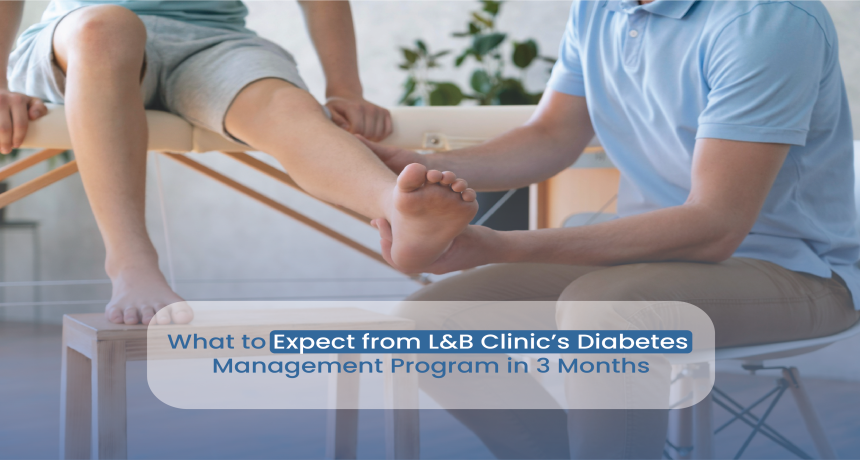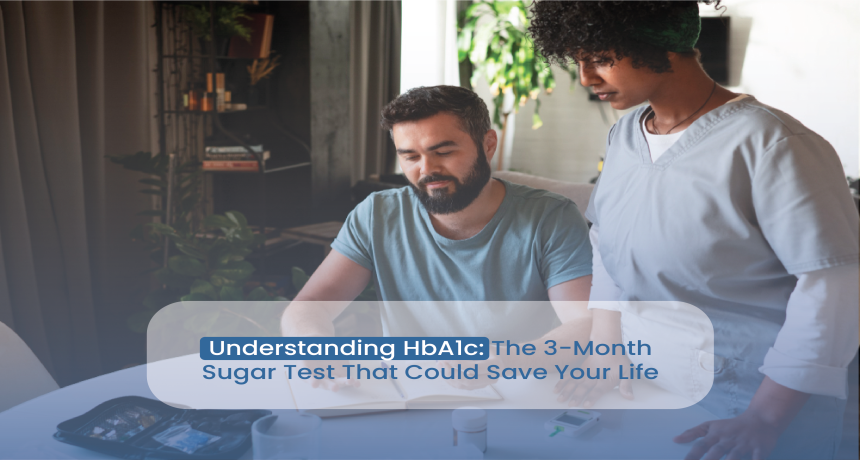Effective Exercise for Fatty Liver: Yoga and Physical Routines Explained
2025-03-03 Fatty liver disease affects millions worldwide, often silently progressing until it causes significant health problems. While medication plays a role in management, lifestyle modifications—particularly exercise—have proven extremely effective for reversing fatty liver disease. This comprehensive guide explores the most beneficial physical exercises and yoga poses that can help reduce liver fat, improve liver function, and potentially reverse fatty liver disease altogether. Before diving into exercise routines, it's important to understand what fatty liver disease actually is. Non-alcoholic fatty liver disease (NAFLD) occurs when excess fat accumulates in the liver of people who drink little to no alcohol. The liver normally contains some fat, but if fat accounts for more than 5-10% of the liver's weight, it's considered fatty liver disease. When left untreated, fatty liver can progress to non-alcoholic steatohepatitis (NASH), cirrhosis, and even liver failure in severe cases. The good news is that fatty liver disease, especially in its early stages, can often be reversed through lifestyle changes, with exercise being one of the most powerful interventions. Exercise for fatty liver is one of the most effective strategies available today. Studies found that regular exercise plays an important role in reducing liver fat, improving liver enzyme levels and improving overall metabolic health. Exercise benefits liver health through multiple mechanisms: Reduces overall body fat: As you lose weight, you also lose fat from around your organs, including your liver. Improves insulin sensitivity: Regular exercise helps your body use insulin more effectively, reducing fat buildup in the liver. Decreases inflammation: Physical activity has anti-inflammatory effects that can help reduce liver inflammation. Boosts metabolism: Exercise increases your metabolic rate, helping your body process fats more efficiently. Aerobic exercise, or cardio, is particularly effective for fatty liver disease. Studies show that regular aerobic exercise can significantly reduce liver fat, even without significant weight loss.Whether you are newly diagnosed or managing long-term liver concerns, understanding the best exercise for fatty liver can improve your health.
Recommended routines: Walking: Start with 20 minutes daily, gradually increasing to 30-45 minutes 5 times per week Swimming: A low-impact option great for those with joint issues Cycling: Either outdoors or on a stationary bike Dancing: A fun way to get your heart rate up Elliptical training: Provides good cardio with minimal joint stress Research indicates that moderate-intensity aerobic exercise (where you can talk but not sing) for at least 150 minutes per week is optimal for liver health improvement. Resistance exercises build muscle mass, which improves your body's ability to regulate blood sugar and process fats—both beneficial for fatty liver. Effective strength training exercises: Bodyweight exercises (push-ups, squats, lunges) Resistance band workouts Weight machines or free weights Pilates Aim for strength training 2-3 times per week, focusing on all major muscle groups. Even if you're new to exercise, simple bodyweight exercises can make a significant difference for your liver health. HIIT involves short bursts of intense activity followed by recovery periods. Studies show HIIT can be particularly effective for reducing liver fat and improving metabolic health in less time than traditional exercise. Sample HIIT workout for fatty liver: Warm up for 5 minutes with light walking 30 seconds of jumping jacks 30 seconds of rest 30 seconds of high knees 30 seconds of rest 30 seconds of mountain climbers 30 seconds of rest Repeat 3-5 times Cool down with 5 minutes of gentle stretching Start with just 10-15 minutes of HIIT twice weekly and gradually increase as your fitness improves. Yoga offers unique benefits for liver health by combining physical postures with breathing techniques and mindfulness. The gentle twisting and compression of certain poses can massage internal organs, improve circulation to the liver, and help detoxify the body. Yoga for grade 1 fatty liver is one of the best remedies to follow. Twisting yoga poses gently compress the liver, helping to squeeze out toxins and allowing fresh, oxygenated blood to flow in when the twist is released. Key twisting asanas for liver health: Seated Spinal Twist (Ardha Matsyendrasana): Sit with legs extended, bend your right knee and place your foot outside your left thigh. Twist to the right, placing your left elbow outside your right knee. Hold for 30-60 seconds and repeat on the other side. Supine Spinal Twist (Jathara Parivartanasana): Lie on your back with arms extended in a T-shape. Bring knees to chest, then lower them to the right while keeping shoulders grounded. Hold for 1-2 minutes before switching sides. Standing Twist (Parivrtta Trikonasana): From a wide stance, extend arms to sides, then twist toward front leg, bringing opposite hand to the floor or shin. Hold for 30 seconds per side. Forward bends create gentle pressure on the abdominal organs, including the liver, helping to stimulate detoxification. Beneficial forward bends: Standing Forward Bend (Uttanasana): From standing, hinge at hips and fold forward, letting head hang heavy. Hold for 30-60 seconds, breathing deeply. Head-to-Knee Pose (Janu Sirsasana): Sit with one leg extended, other foot against inner thigh. Extend arms and fold over the extended leg. Hold for 1 minute per side. Wide-Legged Forward Bend (Prasarita Padottanasana): Stand with feet wide apart, fold forward from hips, bringing hands to floor. Hold for 30-60 seconds. Certain yoga poses specifically target the liver meridian or directly stimulate the organ. Top liver-stimulating asanas: Bow Pose (Dhanurasana): Lie on stomach, bend knees and grasp ankles. Lift chest and thighs, forming a bow shape. Hold for 20-30 seconds. Bridge Pose (Setu Bandhasana): Lie on back with knees bent, feet flat. Press into feet to lift hips, interlacing fingers beneath you. Hold for 30-60 seconds. Cobra Pose (Bhujangasana): Lie face down, place hands under shoulders. Press into hands to lift your chest while keeping hips down. Hold for 15-30 seconds. Yoga breathing exercises (pranayama) can enhance the benefits of physical poses by improving oxygen delivery to the liver and reducing stress. Effective breathing techniques: Alternate Nostril Breathing (Nadi Shodhana): Balance energy channels and calm the nervous system Bellows Breath (Bhastrika): Energize the body and stimulate metabolism Deep Abdominal Breathing: Massage internal organs including the liver Practice these pranayama techniques for 5-10 minutes daily for optimal liver benefits. A well-balanced structure that includes fatty liver, excercise, and diet is the key to long-term success. For best results in reversing fatty liver with exercise, consistency matters more than intensity. Here's a balanced weekly plan combining all the elements discussed: Before beginning any exercise program for fatty liver disease: Consult your healthcare provider, especially if you have other health conditions or have been inactive. Start slowly and gradually increase duration and intensity to avoid injury. Stay hydrated before, during, and after exercise. Listen to your body and rest if you experience pain or extreme fatigue. Combine exercise with a healthy diet low in processed foods and sugar for maximum liver benefits. Monitor progress not just through weight but through liver function tests, which your doctor can order. Many patients have successfully reversed their fatty liver disease through consistent exercise. For example, one study followed patients who engaged in moderate exercise for 12 weeks and found that 75% showed significant reductions in liver fat content, with some patients completely resolving their fatty liver. Personal testimonials often highlight how combining exercise for fatty liver with fatty liver diet chart dietary changes led to improved liver enzyme levels within just 3-6 months, with some patients seeing complete resolution of their fatty liver disease in under a year. Exercise is a powerful, accessible tool for combating fatty liver disease. Whether you choose walking, strength training, HIIT, yoga, or a combination of all these approaches, the key is consistency and gradually building up your activity level. Remember that fatty liver disease didn't develop overnight, and reversing it takes time and commitment. By incorporating regular physical exercise and yoga into your routine, you're giving your liver the best chance to heal and regenerate. If you're struggling with fatty liver disease and want personalized guidance on the most effective exercise approach for your specific situation, don't hesitate to seek professional help. Don't let fatty liver silently progress. Our fatty liver doctor in Delhi has helped hundreds of patients reverse their condition through personalized treatment plans combining medical expertise, nutrition guidance, and tailored exercise protocols. [Book Your Comprehensive Liver Assessment →] Exercise can begin to reduce liver fat within weeks, though visible improvements in liver enzymes typically take 3-6 months of consistent activity. Complete reversal of fatty liver disease may take 6-12 months depending on severity, consistency with exercise, and other lifestyle factors like diet. Regular monitoring through liver function tests can help track your progress. While any time you can exercise consistently is beneficial for fatty liver, some research suggests morning exercise may offer additional metabolic benefits. Morning exercise has been shown to improve fat metabolism throughout the day and may help regulate appetite. However, the most important factor is finding a time you can stick with regularly rather than the specific hour you exercise. For mild fatty liver disease, a comprehensive yoga practice that includes active poses, twists, and breathing techniques practiced 4-5 times weekly may significantly improve liver health. However, most research suggests combining yoga with aerobic exercise (like walking or swimming) provides the most effective approach for reversing fatty liver. The combination addresses both the stress-reduction aspects and the metabolic benefits needed for optimal liver recovery. While weight loss generally accelerates fatty liver improvement, studies show that exercise benefits liver health even without significant weight reduction. Regular physical activity improves insulin sensitivity and reduces liver fat independent of weight loss. That said, for people who are overweight, losing just 5-10% of body weight through combined exercise and dietary changes typically produces dramatic improvements in liver health and can lead to complete resolution of fatty liver disease. Current research suggests a minimum of 150 minutes of moderate-intensity exercise spread throughout the week is needed to effectively treat fatty liver disease. This can be achieved through 30 minutes of activity 5 days per week. Including 2-3 strength training sessions weekly provides additional benefits. For those with more advanced fatty liver disease, working up to 200-300 minutes weekly may provide faster and more complete improvement. Always start at a comfortable level and gradually increase duration and intensity.Understanding Fatty Liver Disease
Why Exercise Works for Fatty Liver
Enhances antioxidant defenses: Regular activity boosts your body's natural antioxidants, protecting liver cells from damage.Best Physical Exercises for Fatty Liver

1. Aerobic Exercise
2. Strength Training
3. High-Intensity Interval Training (HIIT)
Yoga for Fatty Liver: Powerful Asanas for Liver Health

1. Twisting Poses for Liver Detoxification
2. Forward Bends for Liver Stimulation
3. Liver-Stimulating Poses
4. Breathing Techniques for Liver Health
Creating Your Fatty Liver Exercise Plan
Weekly Exercise Schedule for Fatty Liver Disease
Important Considerations Before Starting
Success Stories: Reversing Fatty Liver Through Exercise
Conclusion: Commit to Change for Liver Health
🔄 Reverse Your Fatty Liver: Take Action Today
Frequently Asked Questions About Exercise for Fatty Liver
1. How quickly can exercise reverse fatty liver disease?
2. What is the best time of day to exercise for fatty liver?
3. Can yoga alone reverse fatty liver without other exercises?
4. Is weight loss necessary to reverse fatty liver through exercise?
5. How much exercise is needed weekly to effectively treat fatty liver disease?
.png)















